Ms word resignation letter template
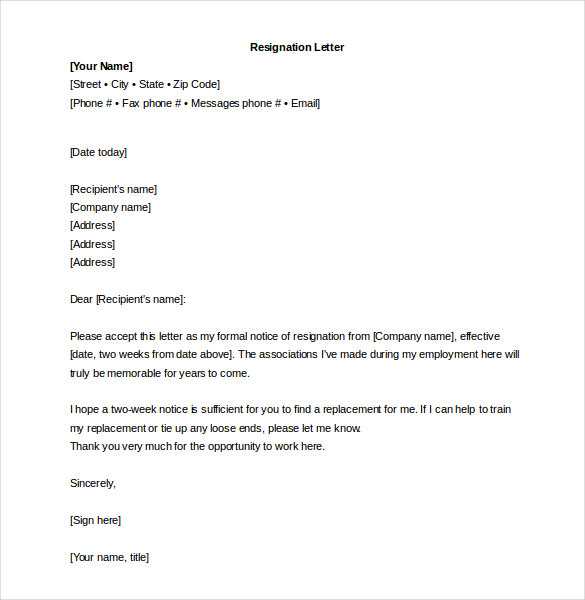
Step-by-Step Guide for Writing a Resignation Letter
Use this template to write a clear and respectful resignation letter in MS Word. Follow the structure below to maintain professionalism and clarity.
Header Section
Begin with your full name, job title, and contact information at the top of the letter. Below, add the date, and then the recipient’s name, position, and company address.
Opening Statement
Start the letter by clearly stating your intention to resign. Use a concise phrase like: “I am writing to formally resign from my position as [Your Job Title] at [Company Name], effective [Date].” This immediately communicates the purpose of your letter.
Reason for Resignation
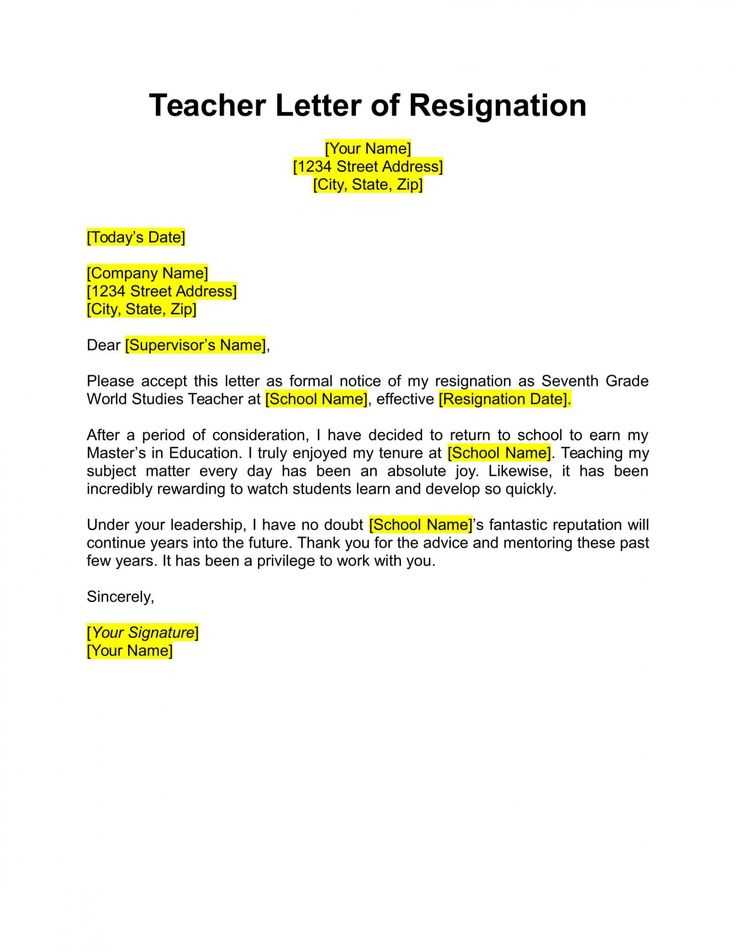
If you feel comfortable, briefly mention why you are resigning. You don’t need to go into details; a simple explanation will suffice. For example: “I have accepted another opportunity that aligns with my career goals.”
Gratitude
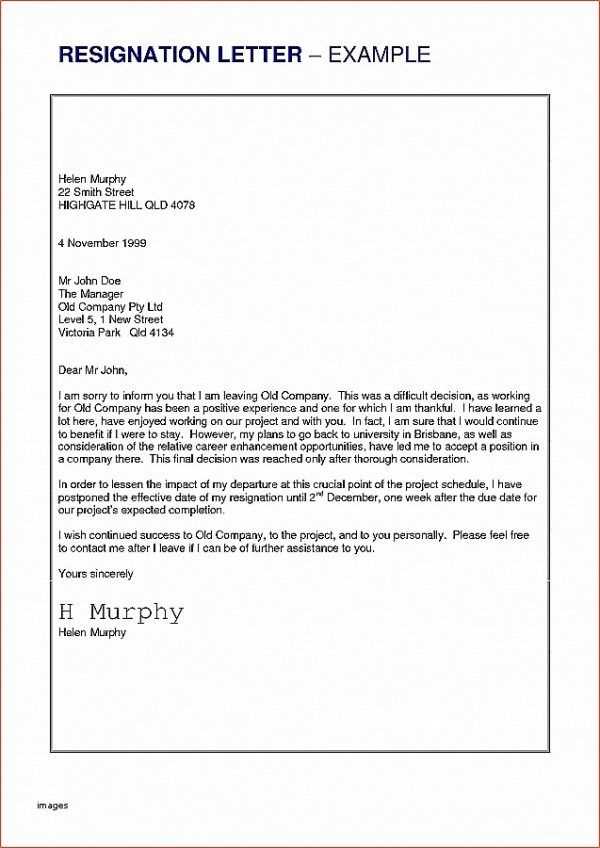
Express appreciation for the opportunity. This helps leave a positive impression. For example: “I am grateful for the opportunities and experiences gained during my time at [Company Name].”
Offer to Assist in Transition
Show your willingness to make the transition as smooth as possible. For example: “I am happy to assist in the transition process and train a replacement if needed.”
Closing Statement
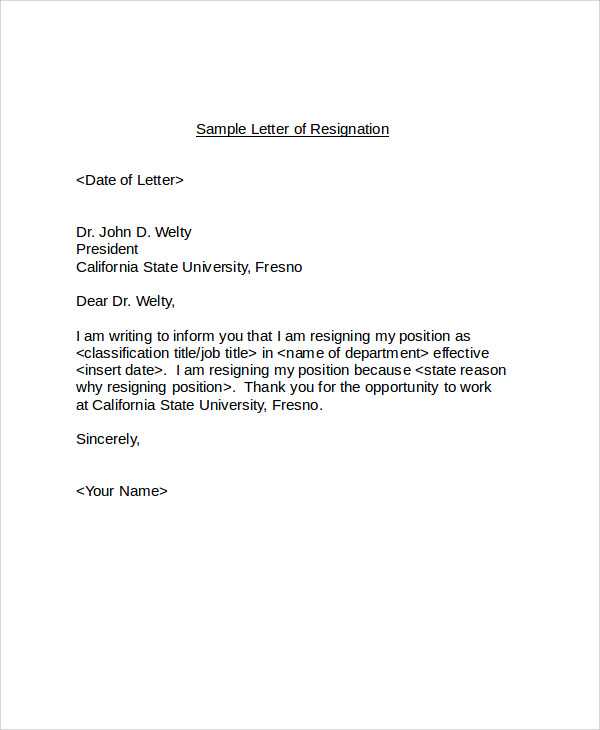
End the letter on a positive note. A simple sentence like “Thank you again for the opportunity, and I wish you and the company continued success.” works well.
Signature
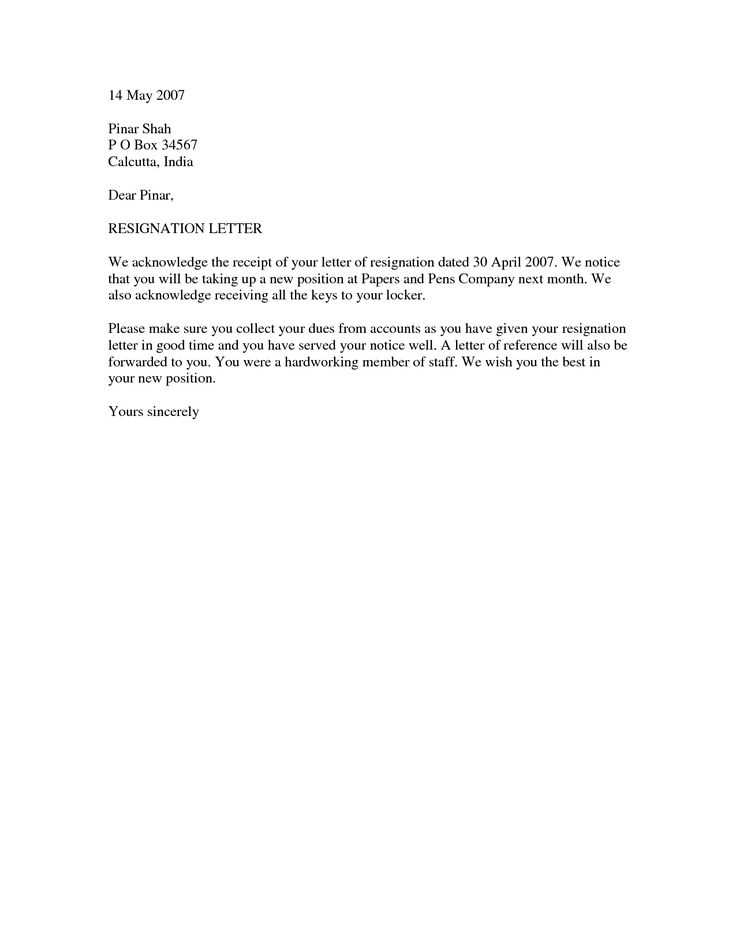
End with a polite closing, such as “Sincerely,” followed by your name.
Resignation Letter Template
Here’s a basic template you can follow:
[Your Name] [Your Job Title] [Your Address] [City, State, ZIP Code] [Email Address] [Phone Number] [Date] [Recipient's Name] [Recipient's Job Title] [Company Name] [Company Address] [City, State, ZIP Code] Dear [Recipient's Name], I am writing to formally resign from my position as [Your Job Title] at [Company Name], effective [Date]. [Optional Reason for Leaving: "I have accepted another opportunity that aligns with my career goals."] I am grateful for the opportunities and experiences I’ve gained during my time at [Company Name]. I am happy to assist in the transition process and train a replacement if needed. Thank you again for the opportunity, and I wish you and the company continued success. Sincerely, [Your Name]
Use this structure to keep your resignation letter professional and concise. Avoid including unnecessary information or making negative comments. The goal is to maintain a good relationship with your current employer while moving on to new opportunities.
Ms Word Resignation Letter Template: A Practical Guide
Choosing the Right Format for Your Resignation Letter
Key Elements to Include in Your Letter of Resignation
How to Address the Recipient Formally
Setting a Clear and Respectful Date of Departure
Including a Reason for Leaving: What to Consider
Final Steps: Proofreading and Sending the Letter
Start with a clean, professional layout. In Microsoft Word, use a formal font like Times New Roman or Arial, sized between 10 to 12 points. Make sure your letter is aligned to the left and includes standard spacing for easy readability. Avoid clutter or excessive formatting, keeping it simple yet clear.
Your resignation letter must cover a few key elements. Start by stating your intent to resign clearly. This can be done in the first sentence to avoid ambiguity. For example, “I am writing to formally resign from my position at [Company Name], effective [Date].” Include a respectful expression of gratitude, acknowledging the opportunities and experiences you’ve had at the company. This helps maintain a positive tone, which can benefit you for future references.
Next, address the recipient with the correct formal title. Use “Dear [Manager’s Name]” or “Dear [Supervisor’s Title]” depending on your relationship. Be sure to keep the tone respectful and professional throughout the letter.
When setting your departure date, aim for two weeks’ notice, unless your contract specifies otherwise. If possible, offer to assist in the transition process. Providing a clear timeline shows professionalism and helps your employer plan accordingly.
If you choose to include a reason for your resignation, make sure it’s brief and diplomatic. Avoid any negative comments. A neutral explanation like “I have accepted another opportunity” or “I am pursuing personal goals” is typically enough. If your reason is sensitive, it’s perfectly fine to leave it out.
Before sending the letter, proofread it for any spelling or grammatical errors. This final step ensures your resignation letter appears polished. Send it as soon as possible, either by email or in print, depending on your company’s preferred communication method.